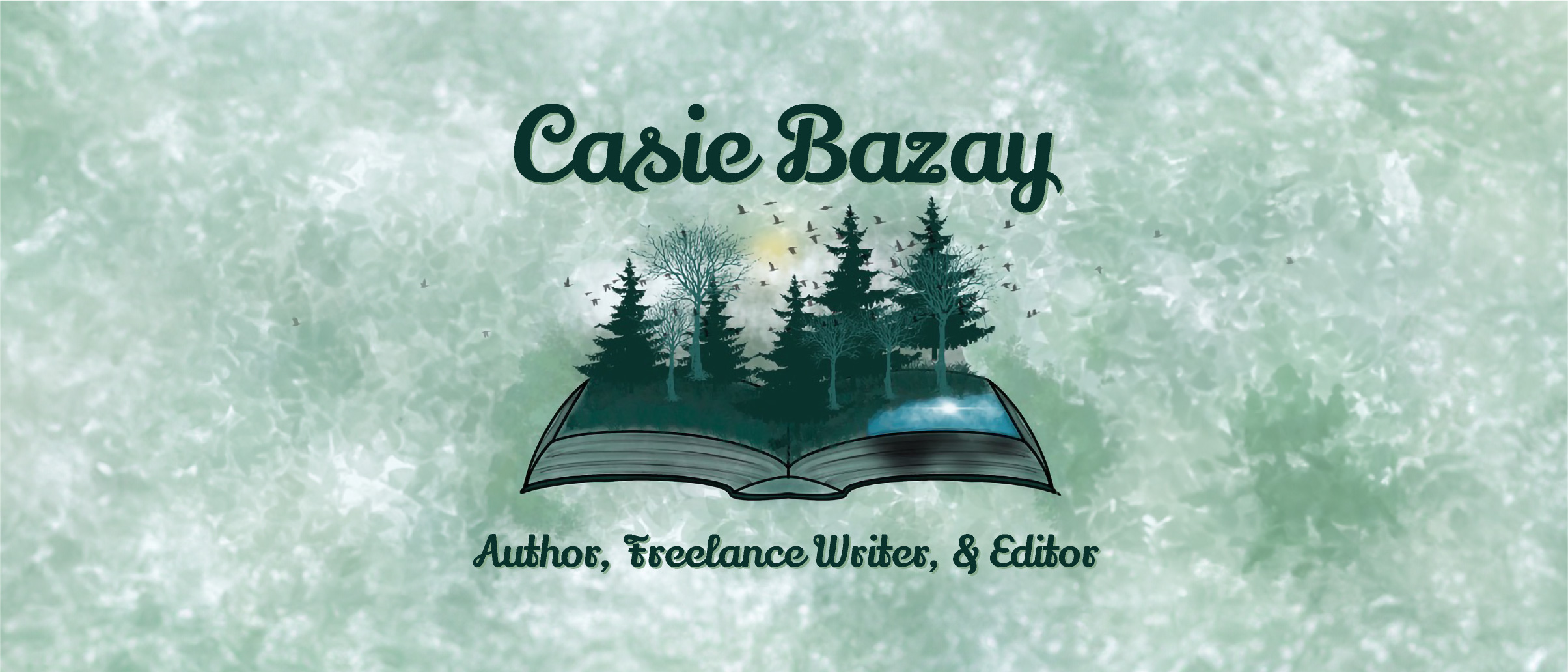If there’s one question I get asked a lot, it’s this: How do I go about getting my book published?
It’s a question that often frustrates me because the fact is, there is no easy answer. But it’s also a question I want to help with because it’s important. Writing books and getting them publishing is important.
If you want the easiest and quickest route to publication, then I’d say go with self publishing. There are drawbacks to this, of course, one being the lack of a publishing team to help you get your book in the best shape possible (though you can hire a freelance editor and proofreader and I highly recommend that).
However, self publishing likely won’t result in the sales you want. Now some genres do better than others in the self pub world, and some writers actually do make a good (or even great) living there, but . . . far more do not. If you write adult romance or erotica, I’d say you have a better shot at making money with self pub, but if you write children’s books or YA, you likely won’t do well there. Keep in mind that I’m not an expert on self-pub by any means though, so if that’s your jam, I recommend finding another blog post to read!
If you’re not looking to self pub, and instead want to go with a small publisher or find a literary agent in order to go with a big publisher, then you are choosing what’s called the traditional publishing route. For me, personally, this is what I set out to do from day one, and if anyone has been following my blog for a while, you know it took me a long while, four books, and a $hit ton of work to get there. So I guess the question you need to ask yourself is this: how bad to you want to be a traditionally published author?
If the answer is really, really bad and I’ll do whatever it takes to get there, then read on. It’s only a two-step process (ha ha ha ha!)
Step One: The Book
The first step in the traditional publishing process is, of course, getting the book written (unless you’re writing non-fiction, which can be a little different story–pun intended). BUT, not only must you write the book, you must revise the book and this is often the most time consuming part because, in most cases, you need to revise numerous times. For example, I’m currently working on my sixth book, am on my third round of revisions with it, and know there will be several more rounds.
Once you’ve written a book you’re happy with and you’ve revised it a few times, then I recommend finding beta readers or critique partners.
Beta readers can be anyone who is willing to read your book and give you feedback. If you can find people in your target audience, even better. I will warn you though that many people (especially non-writers) will happily agree to beta read only to never get back with you or mention your book again. It happens. People get busy, they may lose interest and not want to tell you, or they may even forget. DO NOT TAKE THIS AS A SIGN THAT YOUR BOOK IS AWFUL.
Personally, my best friend of 30+ years is always a faithful beta reader for me, and I also seek out some of my writer friends to beta read.
A critique partner is another writer with whom you swap manuscripts in order to read each other’s books and give more in-depth feedback. You both can decide how in-depth you want it to be. For example, it could get down to sentence level stuff or it could be broader feedback on pacing, character development, etc. I have used critique partners in the past, but now, I tend to only use beta readers.
Once you get feedback from your beta readers and/or critique partners (I would send to no more than 5-6 people at most), then you go over this feedback, find what resonates with you (and not all of it will), and proceed with revisions accordingly.
If you are interested in mentorship contests such as AMM, Pitchwars, Revpit, Rogue Mentor, etc., this would also be a good time to apply to those. I recommend having a few people read your book first and doing some revisions, but occasionally a rough draft will make it into a mentorship contest. My very first book was chosen in one such contest and though it was helpful, that book did not end up getting published . . . so mentorships are not necessarily going to give you a fast-pass to publication (though they do for a few people!)
Every writer is different, but from rough draft to a completed, ready-to-query draft for me usually takes around a year. If it takes you longer, that is perfectly fine.
I must stress, however, that the book is the MOST IMPORTANT part of this whole process and you need to get it in the best possible shape before moving on to step 2.
Step 2: Querying
Once you have your book as good as you can get it, it’s time to move on to finding a publisher or literary agent. This is done in a process known as querying. It’s where you reach out to small publishers or literary agents in hopes of getting them to sign you as a client. Fair warning: querying is not easy and many people query for years before getting a “yes”. Please know that it’s completely normal to be rejected dozens or even hundreds of times (see my rejection stats here) and by no means do rejections mean that you’re a failure who will never get published. I simply see the rejections as a test to see how bad you really want this. They also help to toughen you up because putting books out for anyone to read (and criticize) is not for the faint of heart.
Before querying you will need to write a good query letter. There is a definite format to query letters and I suggest you study it well. In fact, if you don’t, your chances of hooking an agent or publisher are going to be quite small and there’s no sense in making querying any more difficult than it already is. Now, please don’t let this scare you. Just do your homework! There are plenty of examples of successful queries online. Query Shark would be a great place to start. I also wrote a post on queries which you can read here.
At this time you will also need to write a one-page synopsis as well. Some people find synopses daunting. I, however, would much rather write a synopsis than a query. Again, there is a format to synopsis writing, so study it and do it correctly.
Many editors and authors (including me) offer query and synopsis critiques so that might be a good investment, especially if it’s your first time to query. (In most cases, you do not need to hire a freelance editor to go over your entire book if you’re going the traditional route though.)
When you have your query letter and synopsis ready to go, then it’s time to research small publishers (those that don’t require you to have a literary agent) OR literary agents. Pick one or the other to start with. In other words, don’t query both small pubs and agents at the same time as it might become problematic if they both offer. This doesn’t mean that you can’t change your mind and query the other later, but just stick with one at a time.
Querytracker is a great resource for agent research and keeping track of your queries. Manuscript Wishlist is another great resource, as is using the #MSWL hashtag on Twitter. Do your research well and find publishers or agents that you WANT to work with and for whom you think your book would be a good fit. Otherwise, you’re wasting your time. An example of such time-wasting would be querying an agent who only accepts adult sci-fi and fantasy with your YA contemporary novel. Catch my drift?
Once you have a to-query list, then carefully read each publisher’s or agent’s submission guidelines and start sending your queries in batches. Most people recommend sending about 10 at a time. Keep track of who you have and haven’t queried. Then wait for a few weeks or even a month to see what kind of response you get. If you get no response at all or only rejections, you might want to revise your query. Then query the next batch.
I feel it bears repeating, but you need to follow those submission guidelines to a T. If you don’t, chances are they’re going to auto-reject you and by this time, you’ve put too much work into this process for that to happen, right?
It’s up to you as to how many publishers/agents you want to query. As mentioned in my rejection stats, I queried anywhere from 150 (first book) to 50-60 (subsequent books) agents each time. If you’re not getting any full or partial requests at all, that usually means one of three things: 1.) There’s a problem with your query or introductory pages. 2.) Your writing may just not “be there” yet, or 3.) You’ve written something that might be difficult to sell in the current market (as was the case with my first book).
However, it could also mean that you just haven’t found the right match yet.
But if you’ve exhausted your to-query list and no one wants your first book, then it’s time to start this two-step process all over again. I know, it sucks. But remember how bad you want this? If you still want it, then don’t let the rejections deter you. You’re actually in very good company because many writers fail to sell their first book. And authors don’t just write one book anyway; they write many!
Attend writing conferences, connect with other writers, and keep studying the craft of writing. You can get there eventually if you really want to. Again, it took me four completed books before I would sign with my literary agent and publish Not Our Summer.
I know this post may possibly come off as snarky to some, but I write it with the best of intentions. I want people to know how truly difficult it is to get traditionally published BUT I also want to provide information and resources to help writers reach their goals. Traditional publication is a lofty goal but it CAN be done. I’m proof of that and you can be too.

